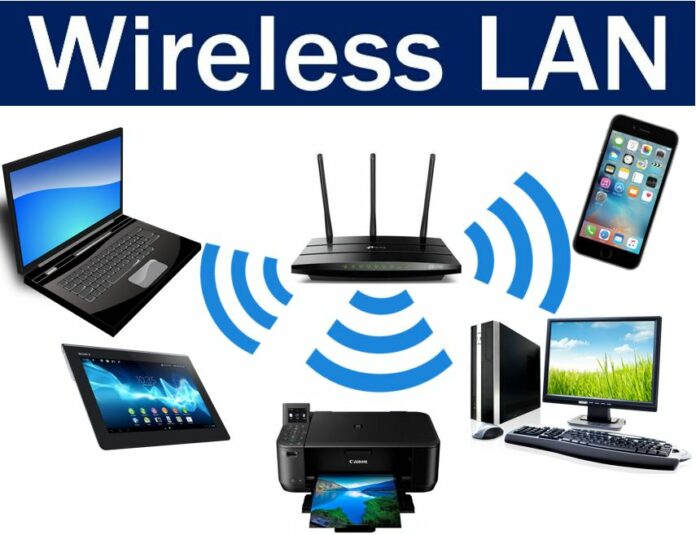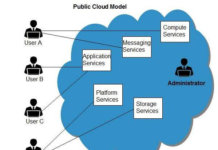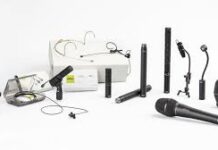Wireless LAN is a wireless computer network that links two or more devices using wireless communication to form a local area network (LAN) within a limited area such as a home, school, computer laboratory, campus, or office building. This gives users the ability to move around within the area and remain connected to the network. Through a gateway, a WLAN can also provide a connection to the wider Internet.
How it works:
WLANs use radio, infrared and microwave transmission to transmit data from one point to another without cables. Therefore WLAN offers way to build a Local Area Network without cables. This WLAN can then be attached to an already existing larger network, the internet for example.
Disadvantages:
- WLAN requires license.
- it’s a limited area to hide.
- The Government agenciescan control the flow of signals of WLAN and can also limit it if required.
- If the amount of connected devices increases then data transfer rate decreases.
Where is WLAN used?
A wireless LAN (WLAN) is a wireless computer network that links two or more devices using wireless communication to form a local area network (LAN) within a limited area such as a home, school, computer laboratory, campus, or office building.
Is WLAN faster than WiFi?
WiFi. If the question was asked some time ago, the answer would be a bit different than it is today. Because Ethernet uses cables, it tends to work slightly faster than a wireless connection. Wireless connections are a bit slower, but provide the convenience of using it within range.
How do I enable WLAN?
Go to the Start Menu and select Control Panel. Click the Network and Internet category and then select Networking and Sharing Center. From the options on the left-hand side, select Change adapter settings. Right-click on the icon for Wireless Connection and click enable.





